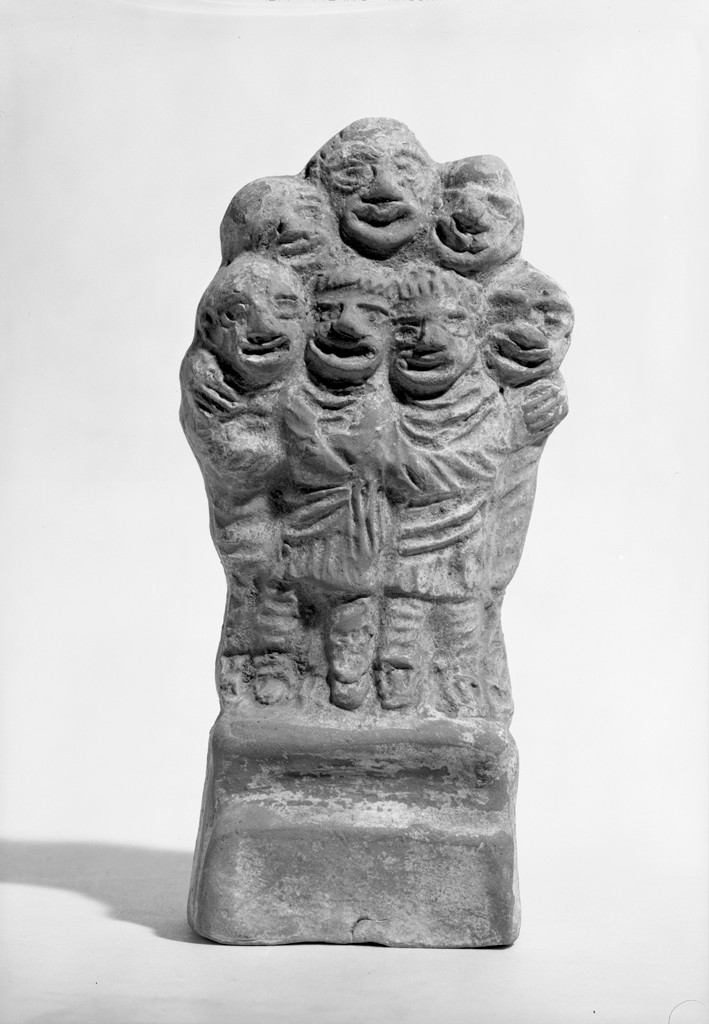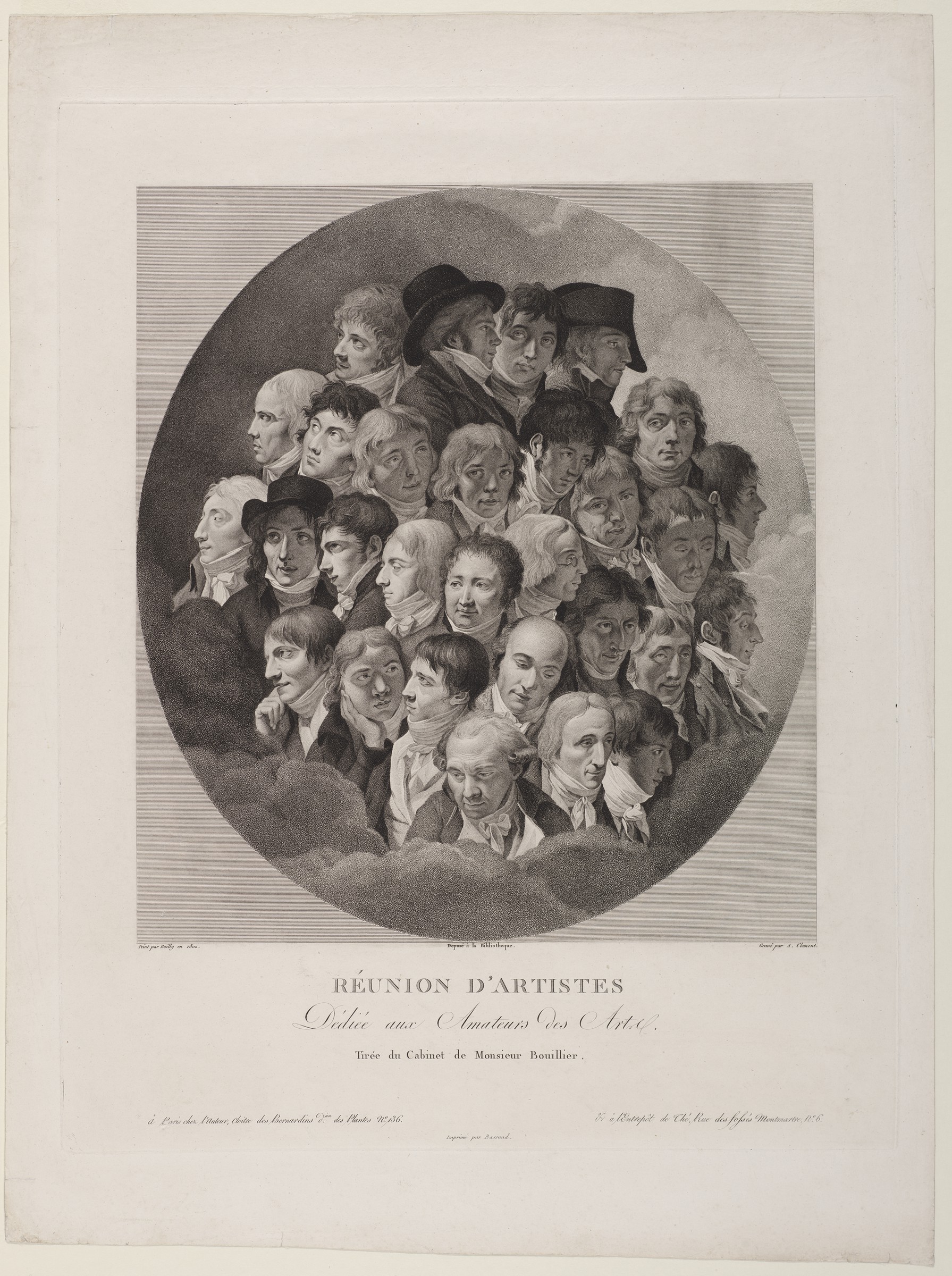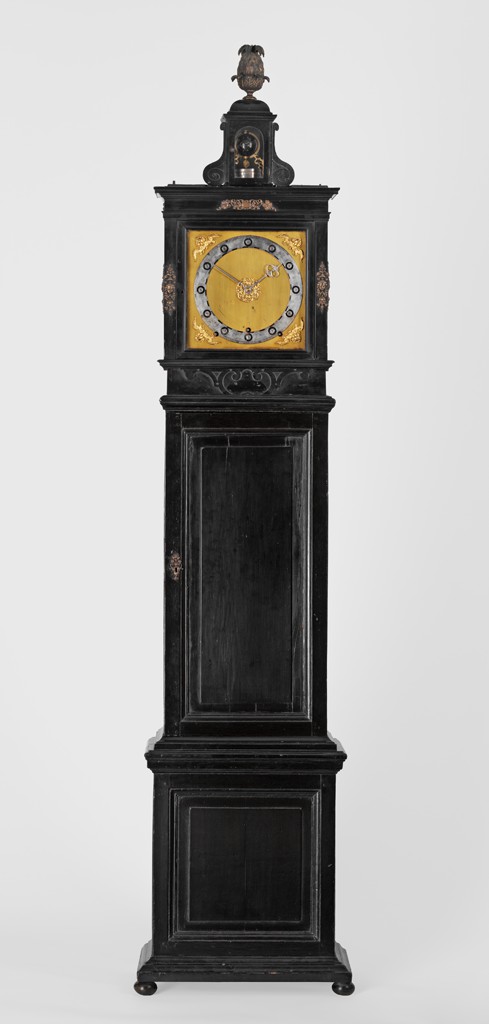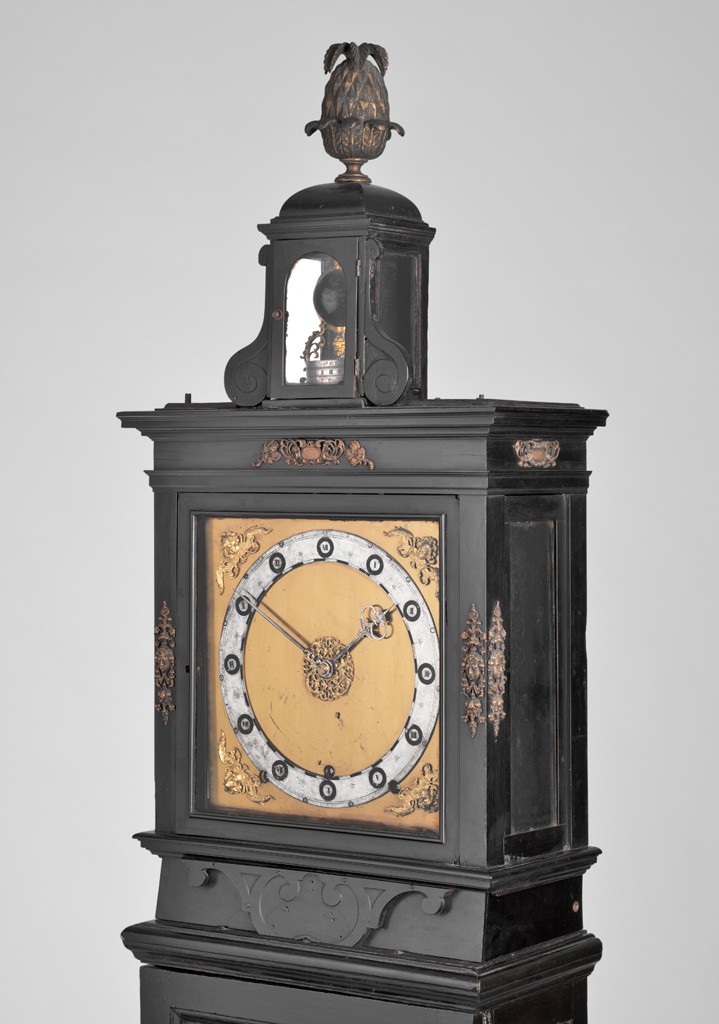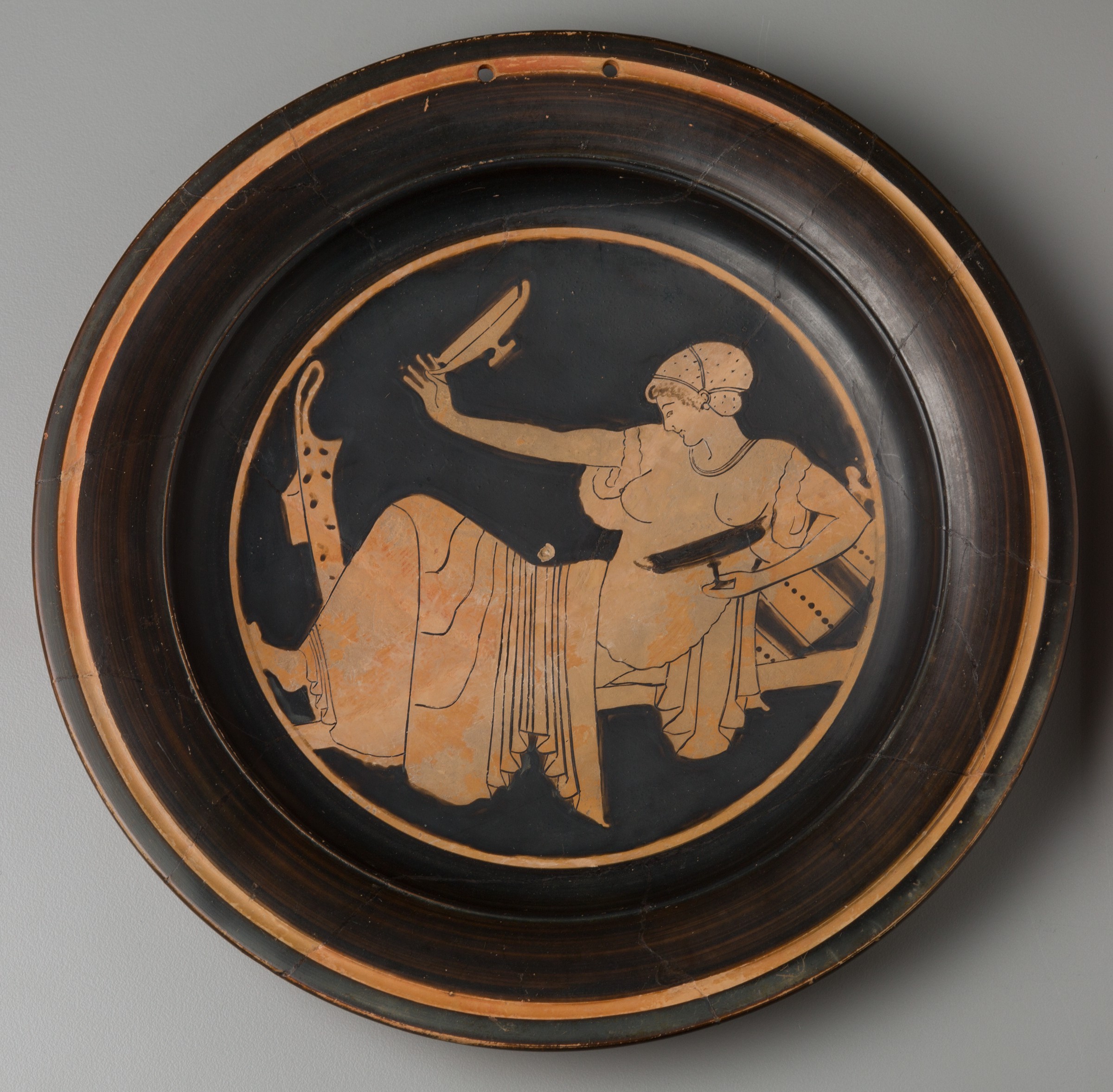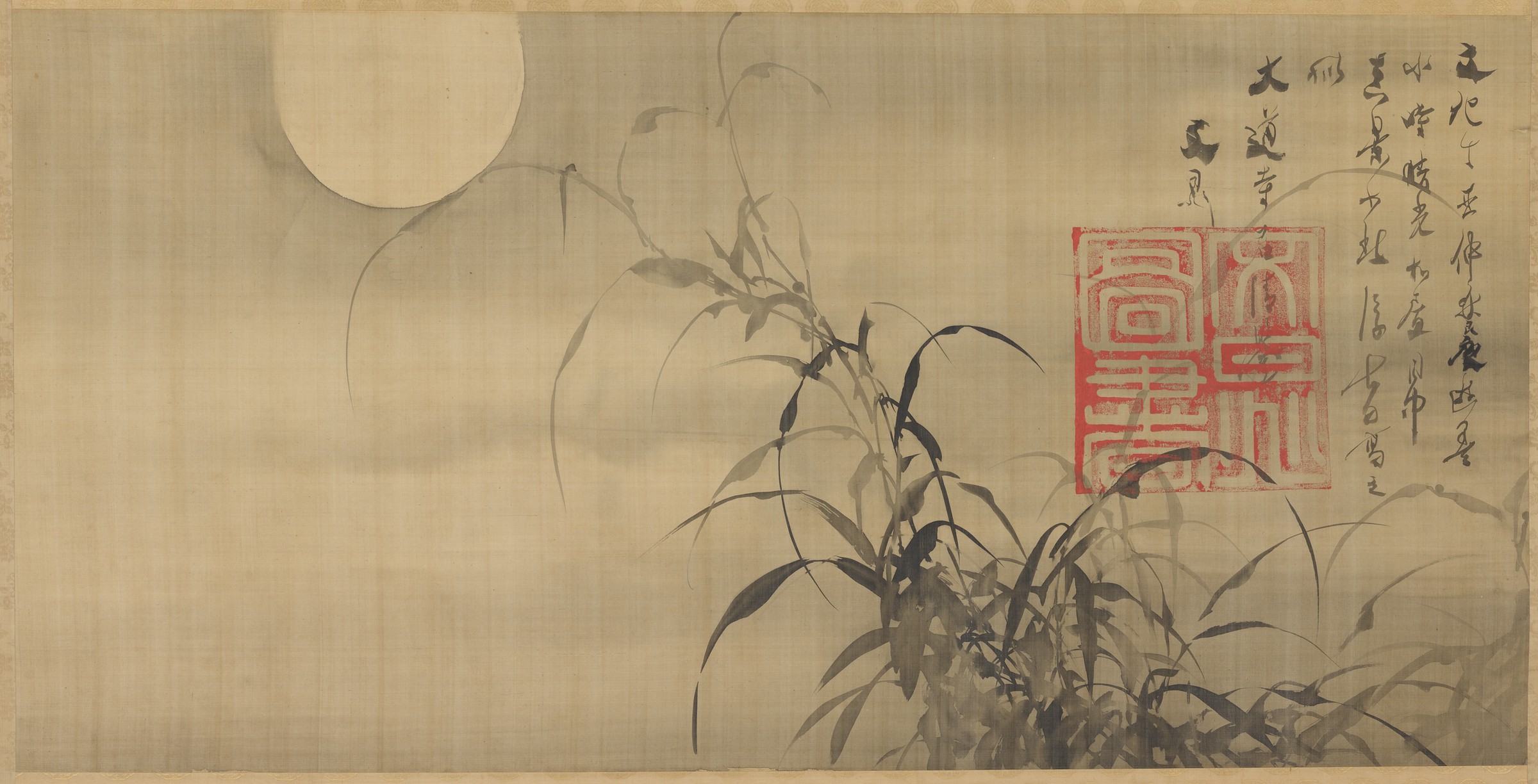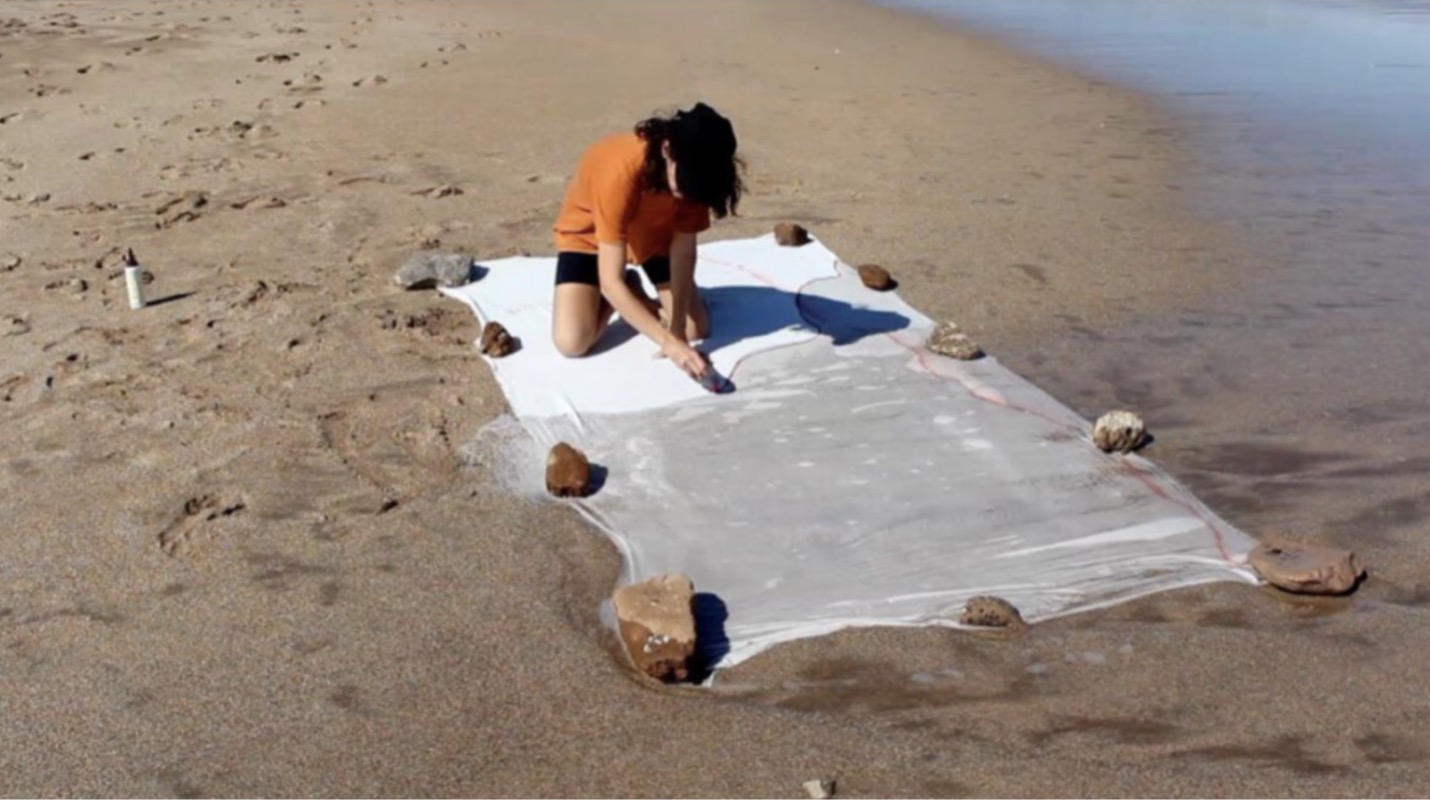“Social distancing” is a misnomer: what protects our body and nurtures our mind in this pandemic is a combination of physical distancing and social connectedness. As the Harvard Art Museums are closed, we are featuring here works that highlight fellowship in its many forms—and the support, inspiration, and delight it can provide.
Spanning some 2,300 years, these works are themselves expressions of social bonds and were created to foster them. An Indian painting of the early 18th century demonstrates both physical caretaking and the companionship found in overcoming adversity together and in the shared veneration of a deity. An ancient Roman terracotta group and a print created in the wake of the French Revolution illustrate and advocate for solidarity and strength in numbers. A 17th-century wall clock owes its very existence to the exchange between specialists, a powerful case in point of innovation through collaboration (of the kind that, we hope, will soon provide us with a vaccine and a cure). Parties and flirts are conjured up by an ancient Greek ceramic plate. The most recent object in this selection, a Japanese ink painting of the early 19th century, invites us to stay connected through the shared experience of nature—and art.
Caring Companions
Shared hardships are thought to forge strong bonds. Under stressful circumstances, powerful fellowships may emerge from acts of loyalty, kindness, and courage. The adventures and tribulations of the exiled Prince Rama—an avatar of the Hindu god Vishnu—have inspired poets and playwrights for millennia, the best-known account being the great Sanskrit epic the Ramayana, written between the fourth and seventh centuries BCE. The painting above depicts an obscure episode in the rich lore of Rama. Here, the prince’s blue skin contrasts vividly with the India yellow pigment of the background as he stretches across the laps of those who have followed him into the wilderness. The vertical lines painted on his followers’ foreheads and upper arms mark them as Vishnu devotees. Rama gazes up though the forest canopy as his brother Lakshmana tenderly removes a thorn from his foot. Observing from the left and right are Rama’s stalwart comrades-in-arms: the monkey warrior Hanuman and the bear king Jambavan.
Created by artists of India’s Himalayan Hill kingdoms, this painting illustrates the richly varied sources they drew on to develop a distinctive style. The relief detailing on Rama’s golden crown and garland continues an indigenous technique, but the figural composition suggests external influence. In the cradling of the god’s hand and injured foot, we sense the distant echo of a visual tradition focused on divine suffering, specifically, European representations of the Pietà.
Mary McWilliams, Norma Jean Calderwood Curator of Islamic and Later Indian Art, Division of Asian and Mediterranean Art
